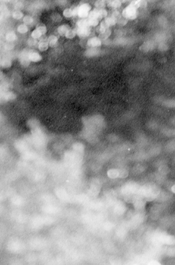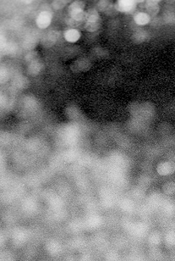SodaAnt
Member
OP has used one roll of FP4, has not discussed the scene brightness range, how he has metered. He has then processed following directions and viewed the negative under a loop and concluded that FP4+ has mushy grain and is too contrasty
More details: I metered with a spotmeter and paced important shadow areas on Zone III (two stops less exposure than the meter reading). Important highlights fell on Zone VIII. The siding in the image I posted fell on Zone V (the house is gray with a hint of blue and is very close to a standard gray card).
Camera was a Canon EOS-1N with 50mm lens in manual mode. It was a sunny, cloudless day at around 4:00pm (sunset at 7:15pm).
Want any additional information? (I keep good notes).
The film I usually use in 35mm format is TMax-100, and under a loupe the grain is less visible and sharper. Yes, TMax is a T-grain emulsion and FP4+ isn't, but even so I wasn't expecting such a big difference.










